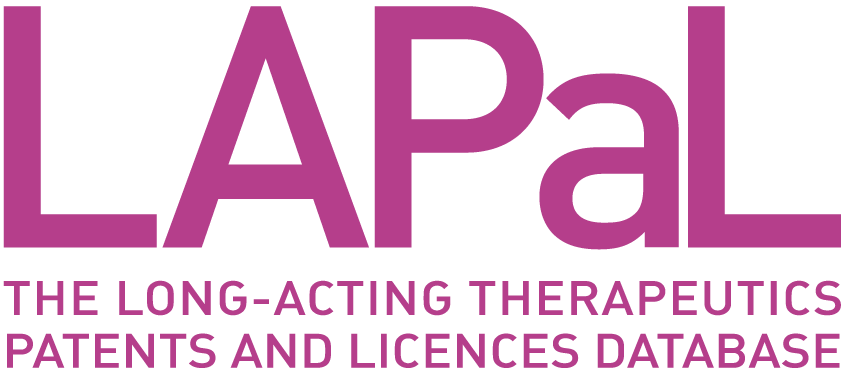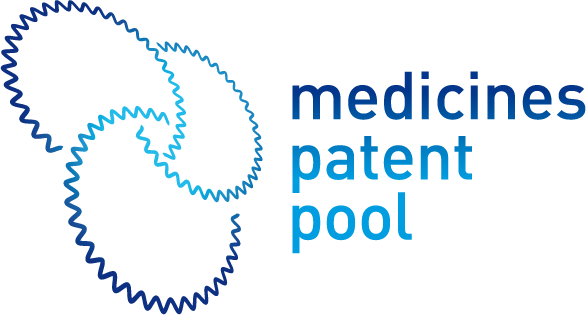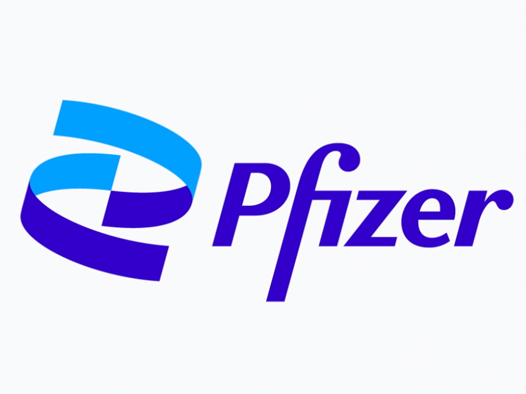
|
Developed by 

|
Supported by 

|

Rifabutin
Developer(s)

|
Pfizer Originator
https://www.pfizer.com/
United States Pfizer is a multinational pharmaceutical company headquartered in Manhattan, New York, USA. Pfizer develops vaccines and medicines for therapeutic areas including neurology, immunology, Covid-19, endocrinology, cardiology and oncology. Rifabutin was originally discovered by the Italian pharma company Archifar in 1975, who were subsequently acquired by Pharmacia in 1980 and later by Pfizer in 2003. |
Drug structure

Structure of Rifabutin
Sourced from Drugbank
Drug information
Associated long-acting platforms
In-situ forming gel/implant
Administration route
Oral, Subcutaneous
Therapeutic area(s)
Use case(s)
Use of drug
Ease of administration
Frequency of administration
Not provided
User acceptance
Not provided
Dosage
Available dose and strength
Not provided
Maximum dose
Not provided
Recommended dosing regimen
Not provided
Additional comments
Not provided
Dosage link(s)
Not provided
Drug information
Drug's link(s)
Generic name
Brand name
Compound type
Summary
Approval status
Regulatory authorities
Delivery device(s)
No delivery device
Scale-up and manufacturing prospects
Scale-up prospects
Formulations for long-acting Rifabutin are currently in the pre-clinical development stage, and therefore detailed scale-up information is not currently available. One promising formulation termed RFB14KH developed at the University of North Carolina, Chapel Hill contains several FDA-approved components utilised in existing in-situ forming implants, including Kolliphor®HS 15 (Macrogol (15)-hydroxystearate), DMSO and PLGA (poly(lactic-co-glycolic acid)).
Tentative equipment list for manufacturing
Information regarding industrial processes and/or manufacturing equipment is currently not available as long-acting Rifabutin formulations have been only been produced at small-scale for research use.
Manufacturing
The previously mentioned RFB14KH formulation developed by researchers at the University of North Carolina, Chapel Hill was stored at room temperature in the absence of light and maintained stability for 18 months.
Specific analytical instrument required for characterization of formulation
HPLC and UV-Vis absorbance spectrometer for the evaluation of drug degradation and drug concentration. Zeiss Supra 25 field emission scanning electron microscope for characterisation of in-vitro implant formation.
Clinical trials
Not providedExcipients
Proprietary excipients used
No proprietary excipient used
Novel excipients or existing excipients at a concentration above Inactive Ingredients Database (IID) for the specified route of administration
Not provided
Residual solvents used
Dimethyl sulfoxide (DMSO) which is a ICH Q3C class 3 solvent.
Patent info
Description
Rifamicyn compounds
Brief description
Rifabutin compound
Representative patent
US4219478
Category
Compound
Patent holder
Archifar Lab Chim Farm
Exclusivity
Not provided
Expiration date
June 2, 1996
Status
expired
Supporting material
Publications
Kim, M., Johnson, C.E., Schmalstig, A.A. et al. A long-acting formulation of rifabutin is effective for prevention and treatment of Mycobacterium tuberculosis. Nat Commun 13, 4455 (2022). DOI: https://doi.org/10.1038/s41467-022-32043-3
Tuberculosis (TB) is a communicable disease caused by Mycobacterium tuberculosis (Mtb) and is a major cause of morbidity and mortality. Successful treatment requires strict adherence to drug regimens for prolonged periods of time. Long-acting (LA) delivery systems have the potential to improve adherence. Here, we show the development of LA injectable drug formulations of the anti-TB drug rifabutin made of biodegradable polymers and biocompatible solvents that solidifies after subcutaneous injection. Addition of amphiphilic compounds increases drug solubility, allowing to significantly increase formulation drug load. Solidified implants have organized microstructures that change with formulation composition. Higher drug load results in smaller pore size that alters implant erosion and allows sustained drug release. The translational relevance of these observations in BALB/c mice is demonstrated by (1) delivering high plasma drug concentrations for 16 weeks, (2) preventing acquisition of Mtb infection, and (3) clearing acute Mtb infection from the lung and other tissues.
Chang YS, Li SY, Pertinez H, Betoudji F, Lee J, Rannard SP, Owen A, Nuermberger EL, Ammerman NC. Using dynamic oral dosing of rifapentine and rifabutin to simulate exposure profiles of long-acting formulations in a mouse model of tuberculosis preventive therapy. bioRxiv [Preprint]. 2023 Apr 12:2023.04.12.536604. doi: 10.1101/2023.04.12.536604. PMID: 37090528; PMCID: PMC10120629.
Administration of tuberculosis preventive therapy (TPT) to individuals with latent tuberculosis infection is an important facet of global tuberculosis control. The use of long-acting injectable (LAI) drug formulations may simplify and shorten regimens for this indication. Rifapentine and rifabutin have anti-tuberculosis activity and physiochemical properties suitable for LAI formulation, but there are limited data available for determining the target exposure profiles required for efficacy in TPT regimens. The objective of this study was to determine exposure-activity profiles of rifapentine and rifabutin to inform development of LAI formulations for TPT. We utilized a validated paucibacillary mouse model of TPT in combination with dynamic oral dosing of both drugs to simulate and understand exposure-activity relationships to inform posology for future LAI formulations. This work identified several LAI-like exposure profiles of rifapentine and rifabutin that, if achieved by LAI formulations, could be efficacious as TPT regimens and thus can serve as experimentally-determined targets for novel LAI formulations of these drugs. We present novel methodology to understand the exposure-response relationship and inform the value proposition for investment in development of LAI formulations that has utility beyond latent tuberculosis infection.
Additional documents
No documents were uploaded
Useful links
There are no additional links
Access principles
|
|
Collaborate for developmentConsider on a case by case basis, collaborating on developing long acting products with potential significant public health impact, especially for low- and middle-income countries (LMICs), utilising the referred to long-acting technology Not provided |
|
|
Share technical information for match-making assessmentProvide necessary technical information to a potential partner, under confidentiality agreement, to enable preliminary assessment of whether specific medicines of public health importance in LMICs might be compatible with the referred to long-acting technology to achieve a public health benefit Not provided |
|
|
Work with MPP to expand access in LMICsIn the event that a product using the referred to long-acting technology is successfully developed, the technology IP holder(s) will work with the Medicines Patent Pool towards putting in place the most appropriate strategy for timely and affordable access in low and middle-income countries, including through licensing Not provided |
Comment & Information
Not provided